“APEIRON. – Why Austrians Now? – Austrian Expedition 2021.”
11 November 2021 – 30 January 2022
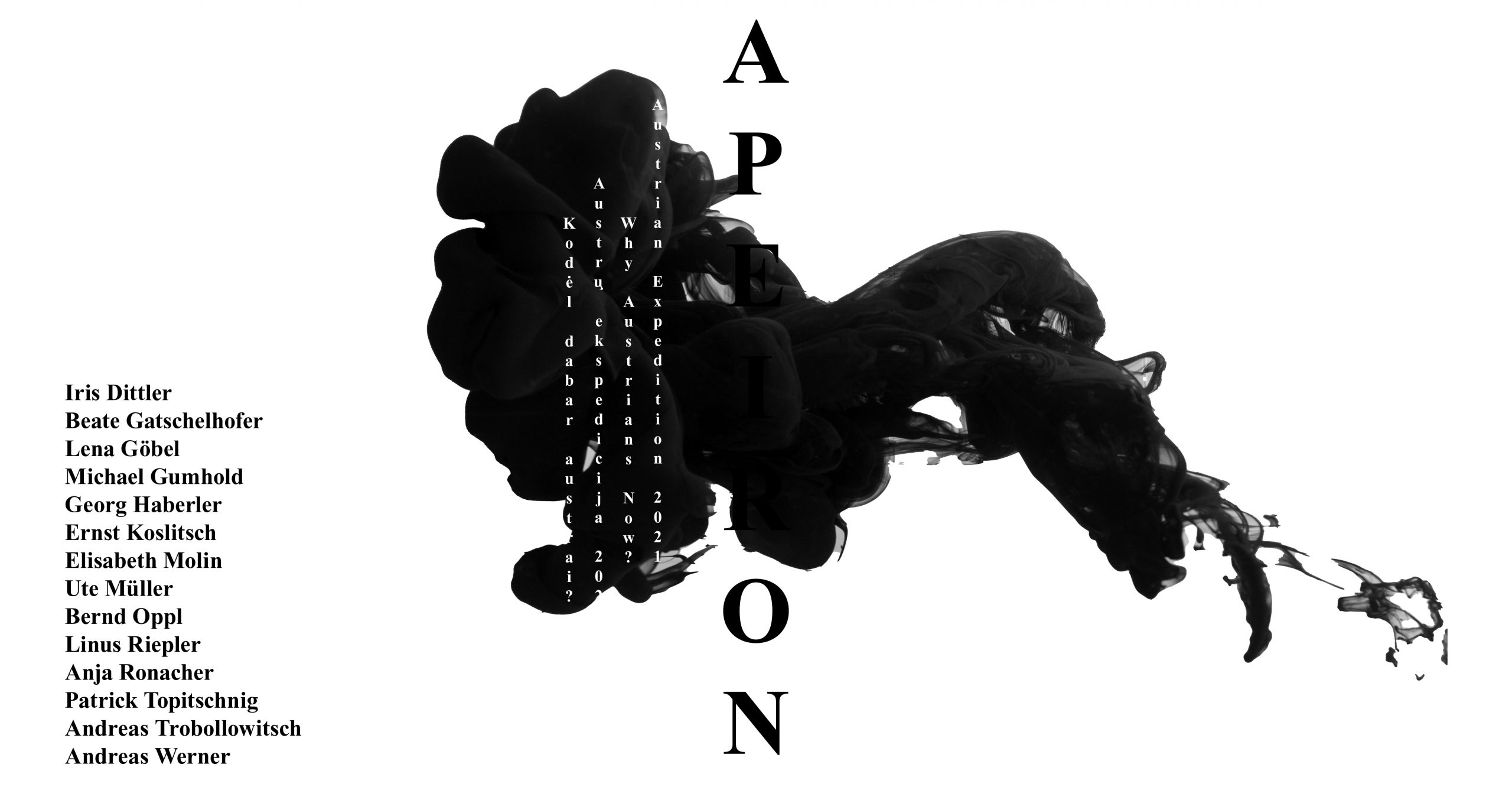
HAMM: Look at the sea.
CLOV: It’s the same.
HAMM: Look at the ocean!
CLOV: Never seen anything like that!
HAMM: What? A sail? A fin? Smoke?
CLOV: The light is sunk.
HAMM: Ph! We all knew that.
CLOV: There was a bit left.
HAMM: The base.
CLOV: Yes.
HAMM: And now?
CLOV: All gone.
HAMM: No gulls?
CLOV: Gulls!
HAMM: And the horizon? Nothing on the horizon?
CLOV: What in God’s name could there be on the horizon?
HAMM: The waves, how are the waves?
CLOV: The waves? Lead.
HAMM: And the sun?
CLOV: Zero.
HAMM: But it should be sinking. Look again.
CLOV: Damn the sun.
HAMM: Is it night already then?
CLOV: No.
HAMM: Then what is it?
CLOV: Grey! Grey! GREY!
HAMM: Grey! Did I hear you say grey?
CLOV: Light black. From pole to pole.
Extract from the one act play the Endgame by Samuel Beckett
Once, I took a voyage across the ocean and was seized by the sublimity of its supremacy. As Alain de Botton puts it: “the sublime as an encounter, pleasurable, intoxicating even, with human weakness in the face of the strength, age and size of the universe”. Sublime places and moments like the ocean, the setting sun, precipices, caverns, and mountains reveal that the universe is stronger than we are, that we are fragile and temporary. As de Botton remarks, we have to accept boundaries on our desires and bow to natural forces greater than ourselves. Voyaging, expeditions, traveling, journeying these are the acts through which we can confront the sublimity of nature and its superiority.
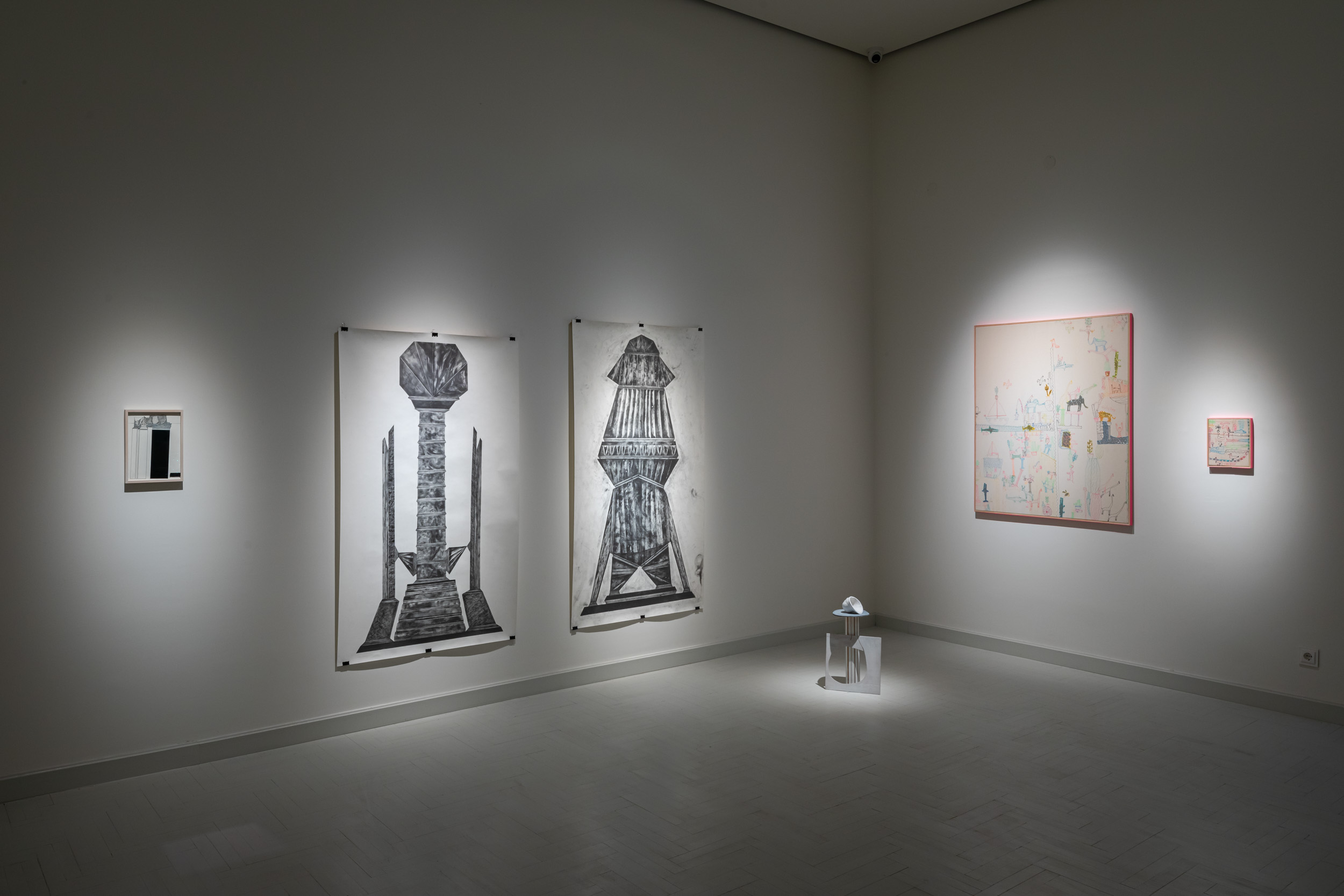
While sitting on the moon-shaped stone and gazing into the horizon, I journeyed emotionally, intellectually, and visually into unknown waters yet encountered artists who had their own histories of voyaging. I discovered distinct philosophies, understandings, and attitudes, as well as subtle frailty and perceptible strength. While traveling through the landscapes of my own mind, I found them: Iris Dittler, Beate Gatschelhofer, Lena Göbel, Michael Gumhold, Georg Haberler, Ernst Koslitsch, Elisabeth Molin, Ute Müller, Bernd Oppl, Linus Riepler, Anja Ronacher, Patrick Topitschnig, Andreas Trobollowitsch, and Andreas Werner. Every approaching wave drew me more deeply into the expedition of 2021. It was a boundless discovery. Apeiron – the Greek term – came into my mind, which then led me to the spaceless, timeless chaos of primordial nature.
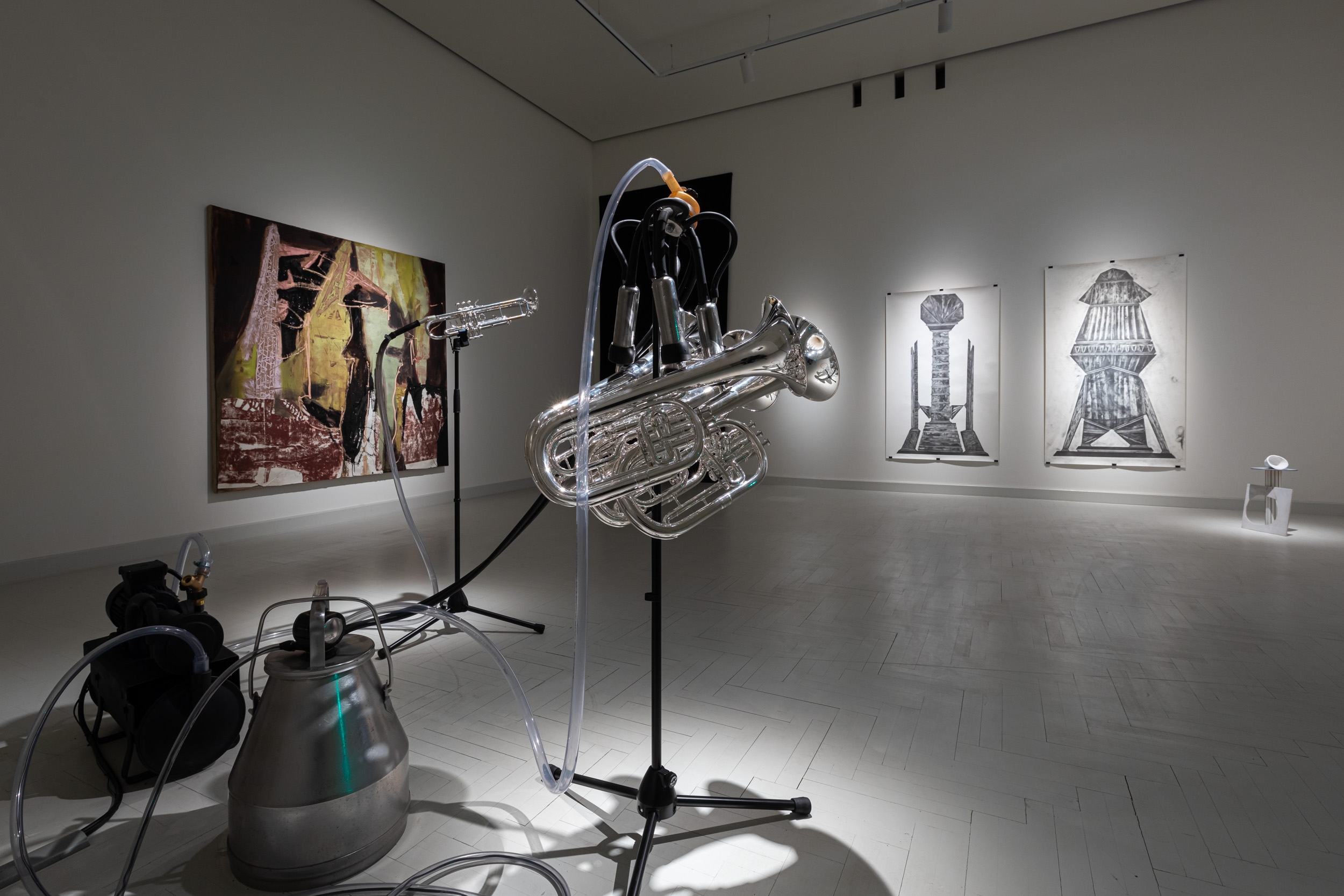
The exhibition-expedition APEIRON – Why Austrians Now? – Austrian Expedition 2021 explores the works of fourteen contemporary artists living in Austria, encapsulating complex experiences of absence and absurdity, and subtly conveying immersion in each of their inner journeys or even a hidden post-apocalyptic sense of empathy.
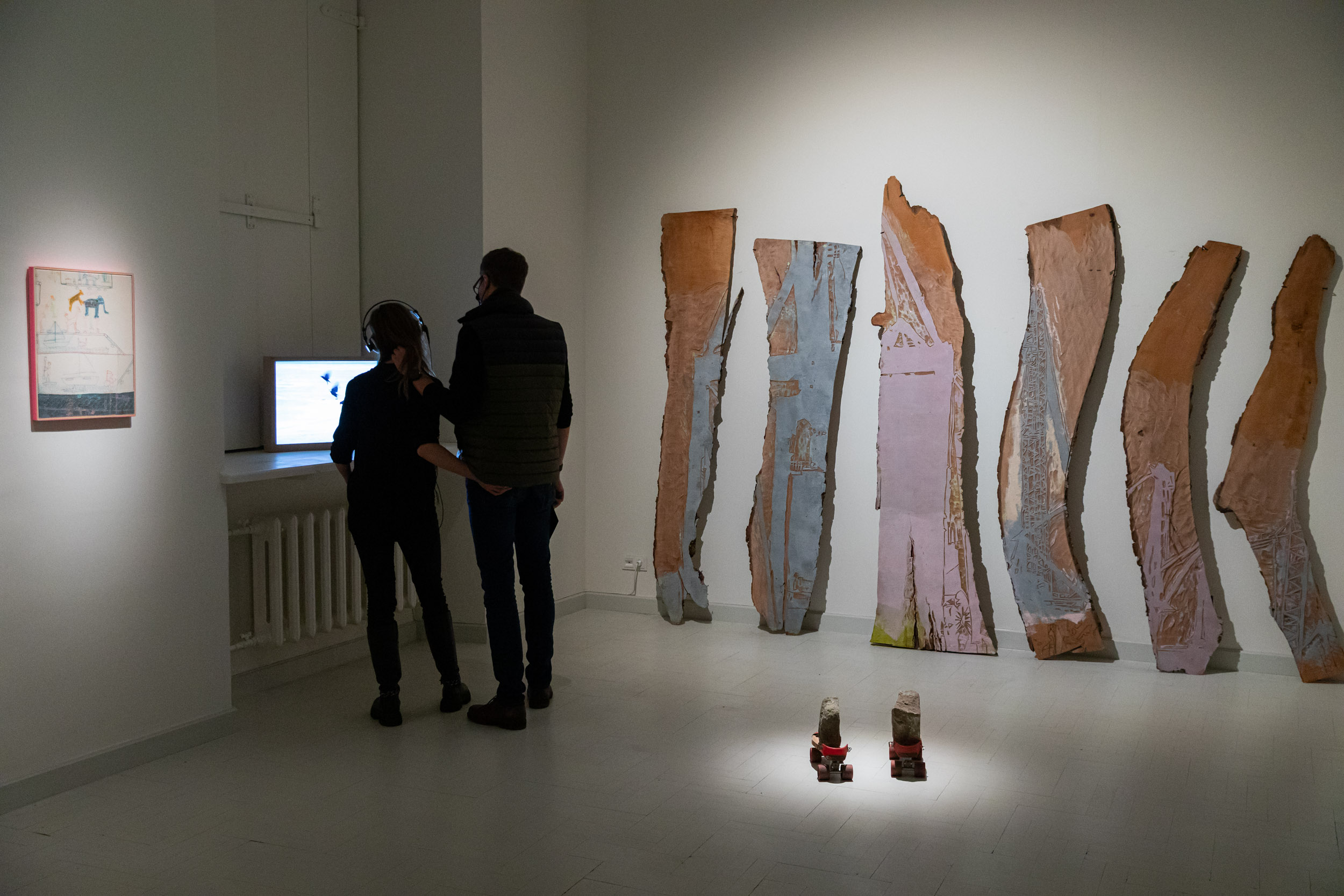
The artworks create an expedition across multiple fronts. An expedition through absence, time, imagination, fictional landscapes, inner spaces, galaxies, unusual and unnerving sounds. Visitors will encounter mythological and robot-like creatures, prehistoric animals alongside artificial birds. In the live performance, the artist is the only human left breathing among the artifacts, noisy hybrids, volcanic substances, ancient trophies, and magnetic fields. It is a contemporary Odyssey reflecting the modern condition – the uncertainty caused by the pandemic, which has limited usual travel and stimulated an inevitable plunge into imaginary voyages. The travel experience and imagination will be guided by an essay – an audio recording – and a video created by the curator and presented as a prologue to the exhibition.
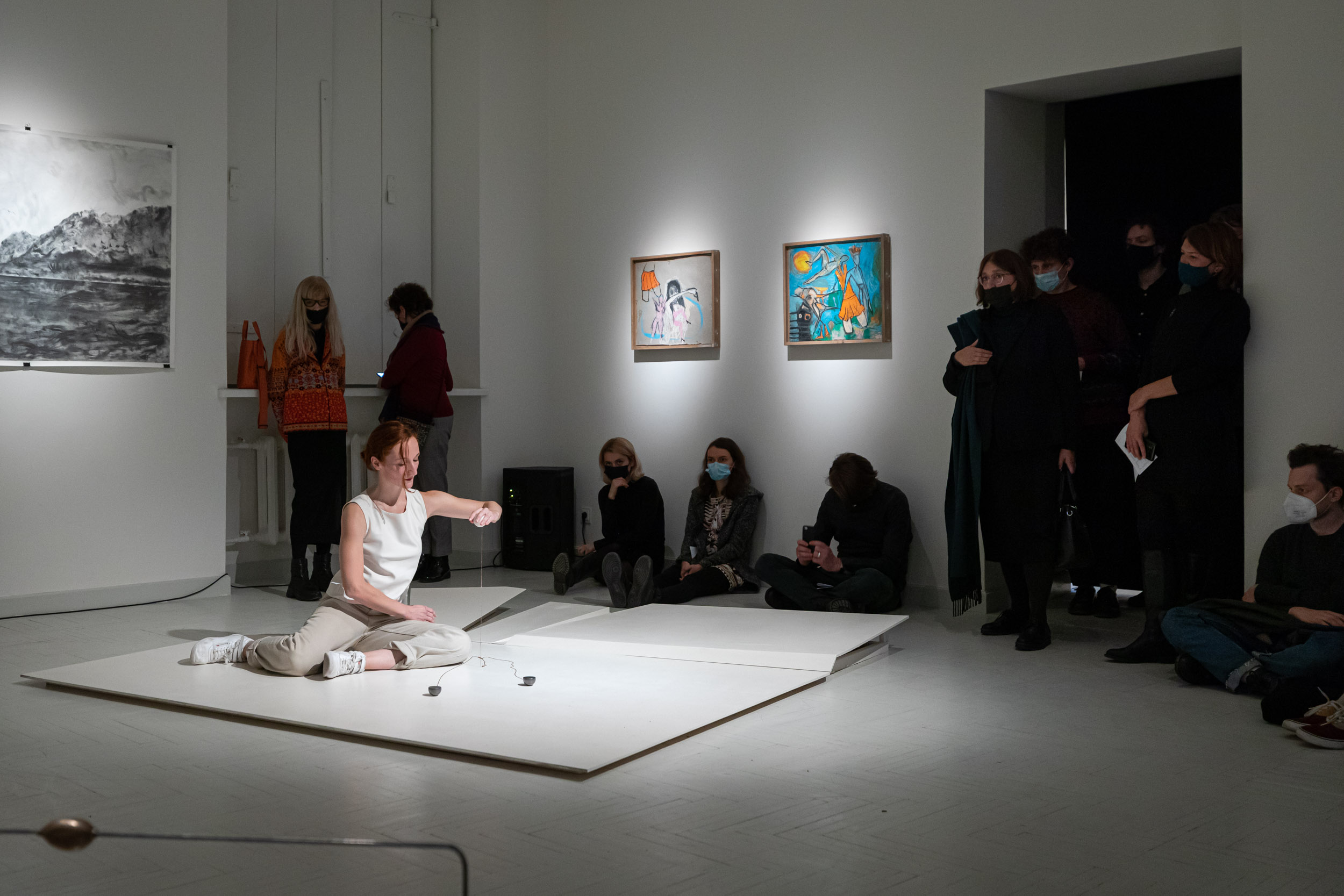
This begins with the story of a 19th century sea-voyage to the Arctic. The renowned German painter Caspar David Friedrich was not on that boat, yet one of his most remarkable paintings, The Sea of Ice, depicts it foundering among the jagged ice floes. The painting was created from his imagination, from the stories of the expedition team, and from watching the ice on the river Elbe. The “truth” was formed in the artist’s absence, without him actually witnessing the event. The narrative continues with the scene from the film Space Odyssey. 2001 in which the apes suddenly encounter an unknown structure created by humans which signifies existing society, here and now. The exhibition proper then begins and viewers start to experience the works of the participating artists. Viewers can attend in two different ways: physically and visionary. The diverse media including sound installation, video art, photography, installation, paintings, drawings, objects, and performance bring to life the wonders and universe sublimity that can be found within each one of us.
Curator Lina Albrikienė
Artists: Iris Dittler, Beate Gatschelhofer, Lena Göbel, Michael Gumhold, Georg Haberler, Ernst Koslitsch, Elisabeth Molin, Ute Müller, Bernd Oppl, Linus Riepler, Anja Ronacher, Patrick Topitschnig, Andreas Trobollowitsch, Andreas Werner.
Curator Lina Albrikienė
Coordinator Kristina Alsytė
Architect Aleksandras Kavaliauskas
Designer Anna Liska
Project is funded by: BMKÖES, Galerie Krinzinger, Klauberg Baltics
Partners: Vivistop Užupis, Embassy of the Republic of Lithuania to the Republic of Austria
Radvila Palace Museum of Art,
24 Vilniaus st, LT-01402, Vilnius, Lithuania
+370 5 250 5824













